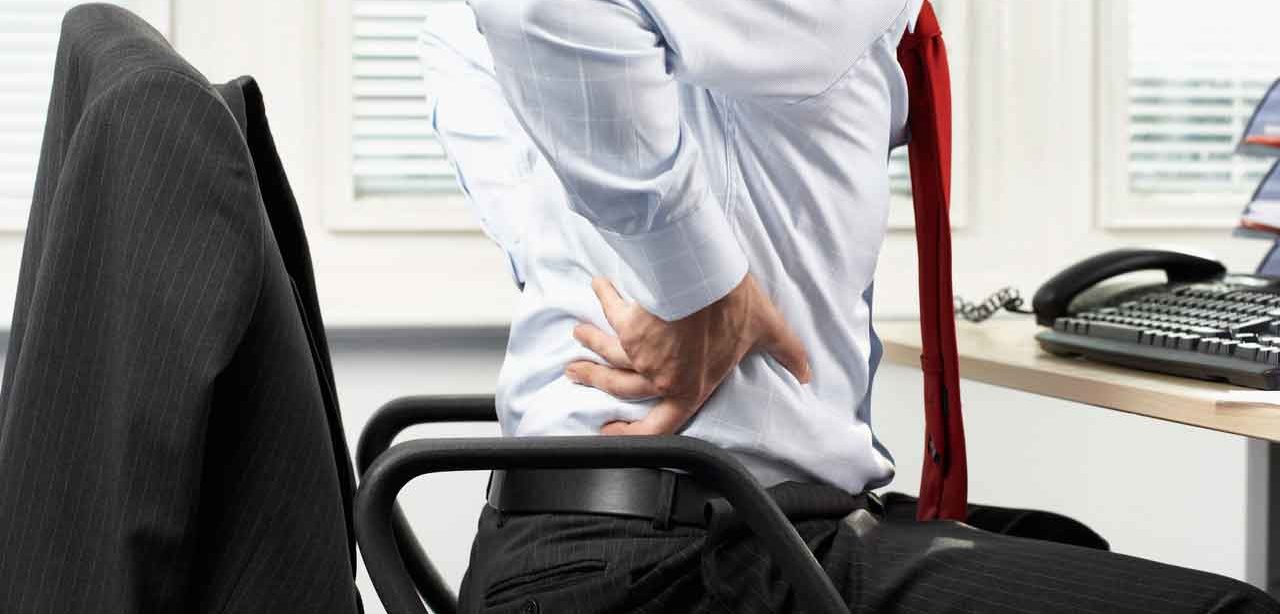7 Myths About Back Pain

You'll hear any number of them in ordinary conversation; don't fall for these common misconceptions.
Nearly everyone runs into back problems at some time. If your bad moment has come, and the pain lingers or recurs, you needn’t be embarrassed: even the Queen of England has an issue. Chances are she’s getting the finest medical care.
You’ll hear any number of myths about back pain in ordinary conversation. Don’t fall for these common misconceptions.
YOU MIGHT ALSO LIKE: Rest for Your Aching Back
Myth: You feel more pain when you’ve hurt your back more dramatically.
A sharp sudden pain can indicate an injury. But when pain lasts for several weeks, how much pain you feel doesn’t usually correspond with actual damage. Some people are afraid that pain indicates a problem that could lead to paralysis. The spinal cord actually ends in the upper part of the low back; lower down, there are only very tough nerve roots. A tumor, infection, or unstable fracture could create a risk of paralysis.
Myth: Middle-aged back problems mean things will get worse with age.
Back pain is most common from the late 30s through early 50s. The natural aging of the back doesn’t necessarily lead to more pain.
Myth: Bed rest is a cure.
A day or two in bed can help when pain is acute. But after that, staying in bed will probably make things worse, for all the reasons that fitness is linked to health. When you start moving again, you’ll get out of breath more easily and your muscles won’t be as strong.
Especially if back pain is a chronic issue, you don’t want to start thinking of yourself as disabled. The right kind of exercise will help, not hurt.
Myth: You need a harder mattress — or one made out of foam.
Chronic back pain and insomnia seem to go together, and much science shows that sleeping poorly increases sensitivity to pain. If you sleep better in hotels, your mattress may be a problem. But don’t assume it should be rock hard. Try one with adjustable firmness or a “medium-firm” mattress. As for foam, there’s no evidence that foam helps back pain. If you’re curious, try a foam topper. Anything you can do to get more or better sleep could help. Are you turning off your electronics well before bedtime, and keeping consistent hours?
YOU MIGHT ALSO LIKE: Is Surgery Really the Answer for Your Back Pain?
Myth: Acupuncture, massage, or chiropractic will bring lasting relief.
Any of these could make you feel better, but there’s no evidence they solve an underlying problem. A review of the scientific literature found that acupuncture for chronic general low back pain beats placebo, but the relief is short-term. Chiropractic has better results than acupuncture for low back pain patients, but again only for temporary relief. Massage also helps, briefly: in this review, it turned out to be superior to placebo or no treatment for low back pain. Just be careful not to overspend on treatments based on false promises. If you’re also seeing a doctor, it’s best to volunteer that you’ve sought out alternatives.
Myth: For chronic back pain, you need to get an MRI scan to locate a slipped disc and have it fixed surgically.
If your pain is chronic, spine surgery actually has a lower chance of success. The best approach is to try everything before surgery. Targeted exercise and posture training can significantly improve your endurance and strength and lessen your pain. In one study, three sessions a week for three months was linked to better scores both at the end of the three months and six months later.
Your doctor may recommend an MRI if you don’t respond to treatment. But all kinds of things show up on MRIs — including bulging discs — in people who don’t have any pain. Cognitive behavioral therapy and exercise have similar results to surgery, with much less risk and expense.
Myth: Back pain is “all in your mind,” so you should just ignore it.
Chronic pain of all kinds is linked to stress. People who are unemployed or have lower incomes have more back problems, some surveys indicate. In about 8 percent of American adults, low back pain is continual, recurrent, or lasts as long as six months. Back pain often comes along with other discomfort, anxiety, and insomnia. It’s a chicken and egg issue: pain that interferes with your life is a problem in itself, and fretting and sleep deprivation aggravate it.
The answer isn’t to call yourself “neurotic” or ignore your pain. If a life problem is weighing heavily on your plate (and shoulders or lower back), consider your pain a wake-up call. Look for a new job, talk to your husband about his drinking. Procrastination is anxiety-provoking; see if your pain lightens when you knock off even a task on the bottom of your list. On the other hand, you may be assuming too much responsibility. As the famous serenity prayer advises, seek “the serenity to accept the things I cannot change, the courage to change the things I can, and the wisdom to know the difference.”
Choose to make time — not just once but often and regularly — for the activities that relax you. Maybe you used to read novels on Sundays and now you only do chores. You may need solitude, walks in the park, or more socializing. You can also learn breathing and relaxation techniques. Self-help books for anxiety provide strategies to employ when you run into triggers — the office bully, the traffic snarl — that stiffen up your muscles.
YOU MIGHT ALSO LIKE: Americans Plagued by Chronic Pain Look for Relief
Updated:
February 24, 2020
Reviewed By:
Janet O’Dell, RN